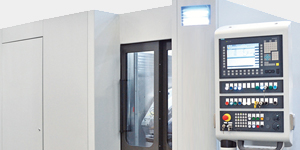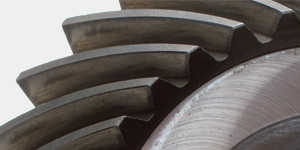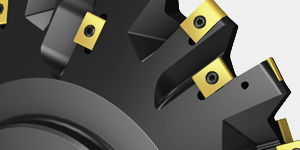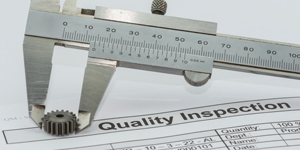Oil, lubricant, lubrication – what is this all about?
Two months ago, I presented readers with a primer on lubricants and lubrication. That begins a discussion that can go one of two ways....
Oil, lubricant, lubrication – what is this all about?
This month I want to slide into a column discussing lubrication (Sorry). We all intuitively know that we must lubricate any “joint” where there...
Angle of approach and angle of recess: What are all these angles?
Geometrically speaking, these two angles have a fairly straightforward definition.
The angle of approach is the angle or arc that the point of contact...
Concepts of motion control and load-holding technologies
As a lead-in to the upcoming Motion + Power Technology Expo, my article this month will focus on load-holding technologies. The theme of this...
The importance of gear inspection and the meaning of the data
A topic near and dear to my heart, I am often tasked with answering the question; “What went wrong?” As we all know, there...
An overview of differential function and gearing
This month’s article is going to take a slightly different point of view and discuss the use of a particular type of gear compared...
Dissimilar material and/or hardness as a function of gear size
Some say that metallurgy is a “black art.” Actually, it is a very skilled art, demanding in its precision and consistency. The people who...
Material pre-treatment as a function of performance
This article is not intended to go deep into the metallurgy of pretreatment, nor will it discuss the nuances of the machining or heat...
Ensure supply chain continuity creates more value for customers
Encountering challenges throughout the production process for any type of gear is to be expected. The steps in the supply chain — from melting...
Materials matter – and so does total cost of ownership
Gear designers have options when exploring cost reductions within a component, from using different material grades and leaner processing to incorporating less-proven offshore suppliers....
Making gears takes more than good design
It’s a given that “materials matter” when it comes to gear design. But “materials” can be more than just the raw components. Our team...
Mechanical paste polishing vs. CAVF finishing of gears
A recent Materials Matter article compared generic deburring versus CAVF (chemically accelerated vibratory finishing.) Both techniques are conducted in a vibratory unit. The main advantage of...
The challenges of generic deburring vs. CAVF deburring
Relative to gear hobbing, shaving, and/or post heat-treat grinding to generate accurate tooth morphology there may come a time wherein vibratory deburring is a...
Changes ahead in the roughness standards
I have written numerous articles on tooth flank surface roughness measurement. This is such a page-turner of a subject! Actually, I was thinking I...
Roughness measurement: Optical vs. contact stylus profilometry
To date, I have written several articles on contact stylus profilometry. This roughness measurement technique, when applied to gear flanks, is repeatable and reproducible...
Rotorcraft gearbox regulations: LOL (not what you think)
For more than a decade, one of the most intensively researched subjects in aerospace engineering has been LOL. No, we are not talking about...
Roughness measurement tips: Calibration, the razor blade test
In my previous column in Materials Matter, I reviewed the use of the “Scratch Pad” for the overall checking of the contact stylus profilometer’s...
Roughness measurement tips: The scratch pad
From the perspective of the shop floor environment, the previous Materials Matter column “Roughness Measurement Tips: 2 V 5” discussed the contact stylus 2-micron...
Roughness measurement tips: 2- vs. 5-micron
I’ve written three articles on gear flank roughness measurement for this magazine (Materials Matter; January 2016 and February 2016, and an issue-focus article in...
Tips to increase vibratory performance during gear polishing
In our final article in this series on gear polishing using vibratory equipment, let’s take a look at some troubleshooting tips to increase the...





















